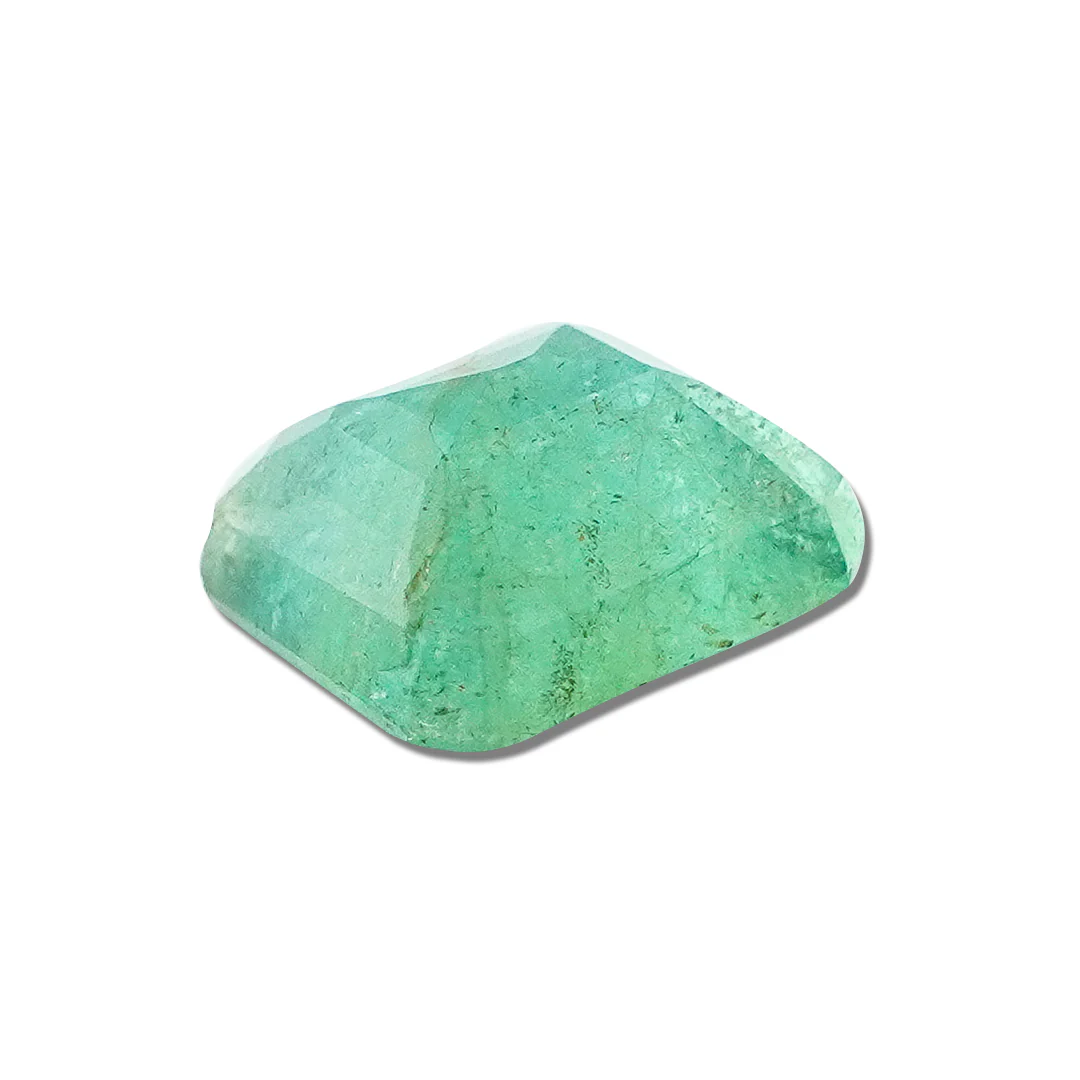Introduction
Have you ever wondered about the meaning of unlucky moles on female body? For centuries, various cultures have associated certain moles with good or bad fortune. This article aims to explore the beliefs surrounding unlucky moles, separate fact from fiction, and provide you with accurate information about these common skin features.
Understanding Moles
Moles, also known as nevi, are clusters of pigmented cells that appear as small, dark spots on the skin. They can be present at birth or develop over time due to various factors, including sun exposure and genetics. While most moles are harmless, some may require medical attention.
Types of Moles
- Congenital moles: Present at birth
- Acquired moles: Develop later in life
- Atypical moles: Irregular in shape or color
Cultural Beliefs About Unlucky Moles
The concept of unlucky moles on the female body has roots in various cultural traditions and superstitions. Different cultures attribute different meanings to moles based on their location, size, and color.
Examples of Cultural Beliefs
- In some Asian cultures, a mole on the foot is believed to indicate a love for travel.
- In Western folklore, a mole on the neck might symbolize wealth.
- Some African traditions consider moles on the face to be signs of beauty.
It’s important to note that these beliefs are not based on scientific evidence and vary widely across cultures.
Common Locations of “Unlucky” Moles
While the concept of unlucky moles is not scientifically supported, certain mole locations are often associated with negative connotations in various cultures. Some of these include:
- Between the eyebrows
- On the chin
- Near the corners of the mouth
- On the chest
- On the lower back
Remember, these associations are purely cultural and have no medical basis.
The Science Behind Moles
To understand moles better, let’s look at the scientific explanation for their formation:
- Melanocytes: Moles are formed when cells called melanocytes grow in clusters or clumps.
- Genetics: Your genetic makeup plays a significant role in determining the number and location of moles on your body.
- Sun exposure: Excessive sun exposure can lead to the development of new moles or changes in existing ones.
- Hormonal changes: Pregnancy, puberty, and other hormonal fluctuations can affect mole growth and appearance.
When to Be Concerned About Moles
While most moles are harmless, it’s essential to monitor them for any changes that could indicate a potential health issue. Use the ABCDE rule to check your moles:
- A: Asymmetry
- B: Border irregularity
- C: Color changes
- D: Diameter larger than 6mm
- E: Evolving size, shape, or color
If you notice any of these changes, consult a dermatologist promptly.
Debunking Mole Myths
Let’s address some common myths about unlucky moles on female body:
- Myth: Moles can predict your future.
Fact: Mole locations are determined by genetics and environmental factors, not destiny. - Myth: Removing a mole will change your luck.
Fact: Mole removal is a medical procedure and has no impact on fortune or luck. - Myth: All moles are potentially cancerous.
Fact: Most moles are benign, but regular monitoring is important. - Myth: Moles always grow back after removal.
Fact: Properly removed moles typically don’t grow back, but new moles can develop nearby.
Embracing Your Unique Skin
Instead of focusing on superstitions about unlucky moles, it’s important to embrace your skin’s unique features:
- Celebrate diversity: Moles, freckles, and birthmarks contribute to your beauty.
- Practice self-acceptance: Learn to love your skin, moles and all.
- Focus on skin health: Prioritize sun protection and regular skin checks.
- Consult professionals: If you’re concerned about a mole, seek advice from a dermatologist rather than relying on myths.
Conclusion
The concept of unlucky moles on female body is rooted in cultural beliefs and superstitions rather than scientific fact. While moles can have cultural significance, it’s important to focus on their medical aspects. Regular monitoring, sun protection, and professional consultations are key to maintaining healthy skin.
Remember, your moles are a unique part of you. Instead of worrying about luck, embrace your individuality and take care of your skin health. If you have concerns about any moles, don’t hesitate to consult a dermatologist for professional advice.
Subscribe to our Youtube Channel: @acharyaganeshchannel
FAQs About Unlucky Moles on Female Body
Q1: Are moles on the face unlucky?
Ans: There’s no scientific evidence to support the idea of lucky or unlucky moles. Facial moles are common and typically harmless.
Q2: Can moles disappear on their own?
Ans: Yes, some moles can fade or disappear over time, especially during pregnancy or aging.
Q3: Is it safe to remove moles for cosmetic reasons?
Ans: Mole removal should be done by a qualified dermatologist. While generally safe, it can leave a scar.
Q4: How often should I check my moles?
Ans: Perform a self-examination monthly and have a professional skin check annually.
Q5: Can new moles appear in adulthood?
Ans: Yes, it’s normal for new moles to develop throughout your life, especially before age 40.
For more Astrology related information visit: acharyaganesh.com



















